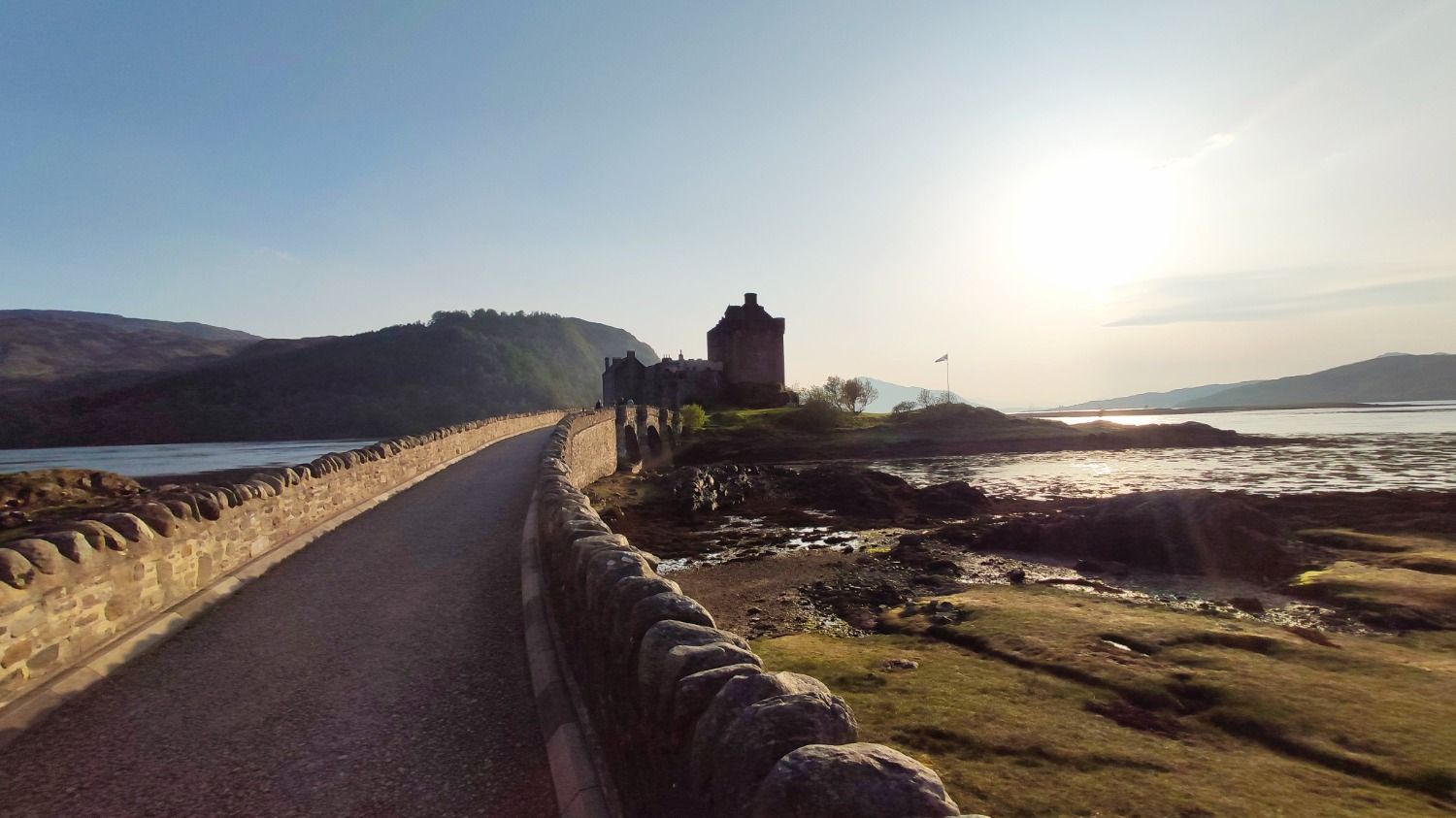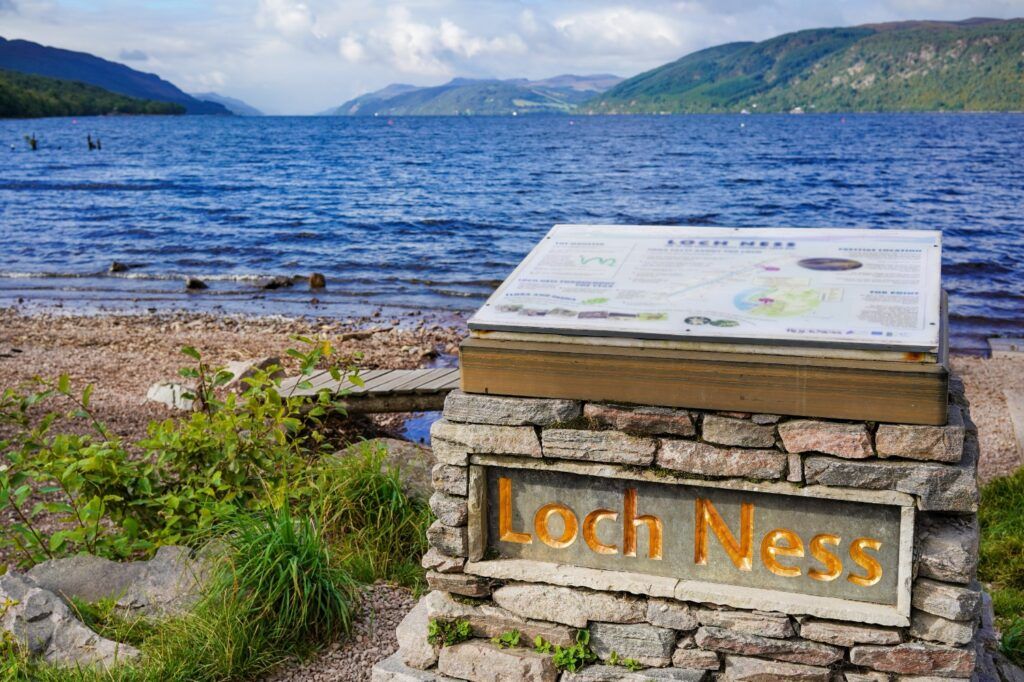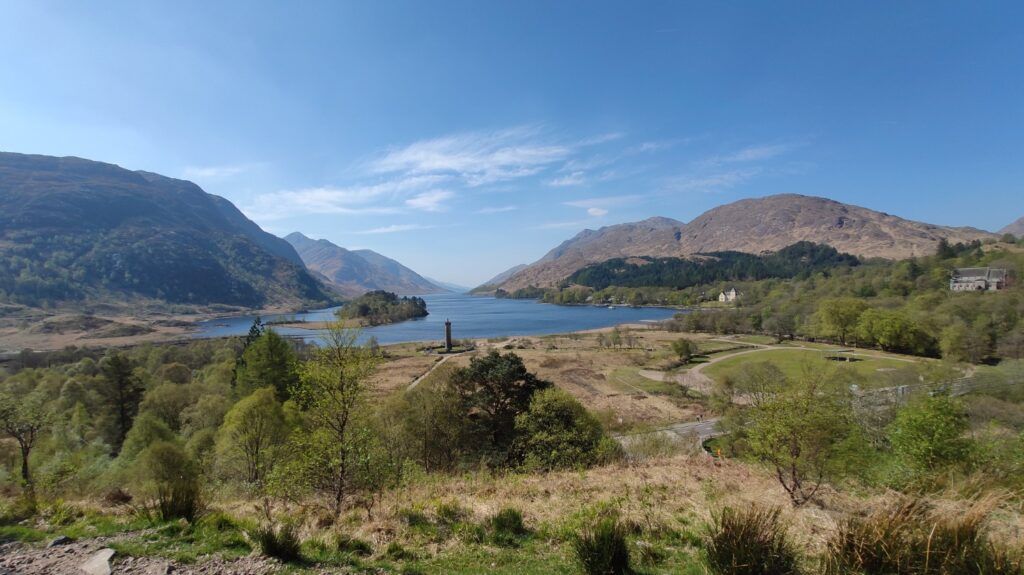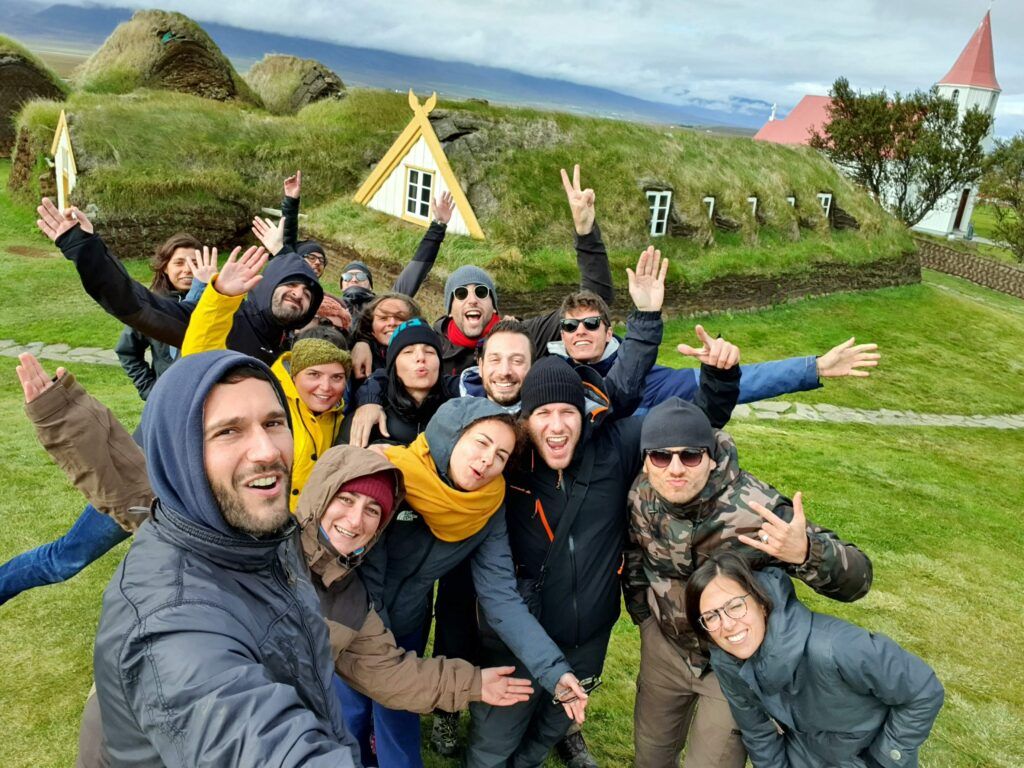

Loch Ness is much more than just a long stretch of water. It’s a story stretching across the centuries, a potent mix of myth and spectacular Highland scenery. The loch is always popular with people on holiday who come from all over the world to absorb the natural beauty of the spot. This location is more than just its monster tales; it’s a place of great beauty, history, culture, and outdoor adventure.
If you’re thinking about planning a visit, you’ll find here the true spirit of the Scottish Highlands. Ruined castles, sightseeing spots, hiking trails, and local culture are abundant. The stories travelers share help build a picture of Loch Ness’s reality (and myth). This guide will help you decide whether this destination is for you. It looks at the location, stories, things to do, and asks: Is Loch Ness worth visiting at all?
Loch Ness: a jewel in the Scottish Highlands
The Lake Ness in Scotland is part of the Great Glen lochs, located southwest of the city of Inverness. Running for about 23 miles (37 km), it is the second-largest Scottish lake by area but the largest by volume. With an average depth of 230 meters (755 ft), its sheer size is impressive from the shore.
Geologically, it runs along the Great Glen Fault, a natural boundary in the Highlands. It is also a key part of the Caledonian Canal, linking Scotland’s east and west coasts. Inverness serves as the main gateway. From there, you can easily reach the area by car, public bus, or an organized tour. Driving offers the most flexibility, with the A82 running along the northern side. Frequent bus services also connect Inverness to popular base towns like Drumnadrochit and Fort Augustus.
Many visitors focus only on the water, but the surrounding area is rich in attractions. Picturesque villages like Foyers, with its thunderous waterfall, and Fort Augustus, known for its canal locks, offer a glimpse into authentic Highland life, where history and the outdoors merge.
The weather at Loch Ness is famously unpredictable, often shrouded in a constant mist that adds a mysterious, spooky atmosphere. While preparing for any weather is wise, this misty backdrop is a signature part of the loch’s haunting charm.
Ultimately, Loch Ness is more than just a body of water. It sits at the heart of Highland wilderness and history, providing a perfect balance of accessibility and a sense of remote exploration.

The legend of the Loch Ness monster: unraveling the myths and mysteries
Few places in Scotland are as captivating as Loch Ness, largely due to the legend of the Loch Ness Monster, or “Nessie.” This centuries-old tale has fascinated locals, scientists, and tourists alike.
History
The legend began long ago in Scottish oral tradition. The first recorded sighting of a “water beast” dates back to the 6th century by Saint Columba. However, Nessie’s fame truly exploded in 1933 after a local couple claimed a sighting. The following year, the famous “Surgeon’s Photograph” appeared, allegedly showing the creature’s head and neck. Although it was later exposed as a hoax, the image cemented Nessie’s place in popular culture. Over the years, countless sightings of humps and strange shapes were reported, with theories ranging from swimming deer and logs to simple optical illusions.
Historical & Cultural Significance
The mystery inspired real scientific inquiries. In the 1960s and 70s, sonar teams explored the loch’s depths, but their results were inconclusive. More recently, DNA samples revealed no evidence of a large creature, only a large amount of eel DNA, leading some to speculate the legend is based on a giant eel.
Culturally, the monster has become an iconic symbol of Scotland and a lucrative industry. The legend drives tourism, fueling local businesses that sell plush toys and offer monster-hunting tours. The official Loch Ness Visitor Center stands as a testament to the enduring myth.
For those hoping to spot Nessie, the best times are early morning or late evening when the water is calm. Even without a sighting, visitors still get to experience the loch’s eerie beauty and the feeling of stepping into a modern-day legend.

Beyond the monster: what to see and do around Loch Ness
Loch Ness is, without a doubt, so much more than its mythical monster. Visitors could spend days, if not weeks, exploring the region. The loch is 755 feet deep and is the largest body of freshwater in terms of volume in the British Isles, which means it offers plenty to capture your interest. To help with your planning, discover a wider list of places to visit in Scotland in our guide.
One of the highlights is certainly Urquhart Castle on the northern shore. The medieval ruin was once one of Scotland’s largest castles and played a huge role in the Wars of Independence.
A must-see attraction is a cruise around the mystical waters aboard high-end boats. Tours range from one-hour sightseeing trips to longer adventures with lunch. Some even use sonar to mimic the famous monster hunting, letting guests see a live rendering of the loch’s depths.
For those looking to feed the mind, the Loch Ness Centre in Drumnadrochit offers hour-long exhibitions with interactive displays. It provides a great mix of fact and fiction, perfect for the whole family.
Hikers and cyclists will have a blast along the Great Glen Way, a long-distance trail with majestic views across the Highlands. The easier South Loch Ness Trail is perfect for a quieter route to take in the scenery.
Families can discover the storybook-like setting of Invermoriston Falls or head to Fort Augustus at the lake’s southern end to see the collection of canal locks on the Caledonian Canal.
The loch’s natural surroundings are also home to wildlife like red deer and golden eagles. Visit in autumn to see the colors change or in spring when the wildflowers bloom.

More than a myth, a journey to discover Scotland’s soul
So, is Loch Ness truly worth the trip? The answer depends entirely on your expectations. If your sole mission is to spot the monster, you might leave disappointed (though who knows—some visitors swear they catch a glimpse!).
However, the landscapes themselves make the journey unforgettable. There’s something powerful about the misty waters, shrouded by hills and dotted with the ancient remnants of history, that truly brings the Highland ambiance to life.
Beyond the shores, you can easily combine your visit with other iconic destinations. Consider adding on trips to Edinburgh, the Isle of Skye, or the Lake District for a well-rounded UK itinerary. And for those who love sharing adventures, the WeRoad group tour through the Scottish Highlands offers a fantastic way to experience the mystery and natural beauty of Loch Ness alongside fellow travelers, focusing entirely on the shared journey and the spirit of adventure.
More than just a body of water, Loch Ness is a dive into Scotland’s history, a destination of enduring mystery, and a chance to immerse yourself in the Highland landscapes. It invites you to travel to the very soul of Scotland. To explore further, you can discover all our amazing organized tours in the United Kingdom for your future adventures.



